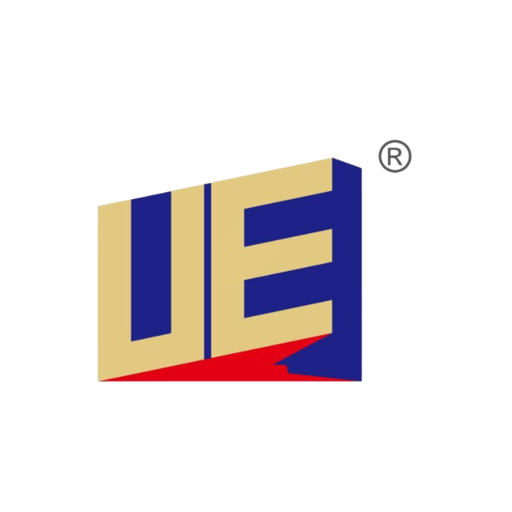Power supplies are essential components in electrical and electronic systems, providing the necessary voltage and current for device operation. Among the various classifications, Class 1 and Class 2 power supplies are commonly used in different applications based on safety, insulation, and regulatory requirements.
1. Definition and Working Principles
Class 1 Power Supply: A Class 1 power supply is designed with a protective earth (ground) connection to ensure safety. It uses a three-wire system consisting of live, neutral, and ground wires. The grounding wire provides an additional safety layer by diverting leakage currents and preventing electric shocks in case of insulation failure.
Class 2 Power Supply: A Class 2 power supply is designed with double insulation or reinforced insulation, eliminating the need for a ground connection. It operates with a two-wire system, consisting of only live and neutral wires. Because of the enhanced insulation, these power supplies meet stringent safety requirements, limiting the maximum output power to reduce electrical hazards.
2. Key Differences
| Feature | Class 1 Power Supply | Class 2 Power Supply |
|---|---|---|
| Ground Connection | Required (has a ground wire) | Not required (double insulation) |
| Safety Standard | Relies on grounding for safety | Uses reinforced insulation for safety |
| Output Power | No strict power limitation | Limited output power (typically <100W) |
| Common Applications | Consumer electronics, LED drivers, and chargers | Consumer electronics, LED drivers, chargers |
| Cost & Complexity | Higher cost, complex installation | Lower cost, simpler design |
Export to Sheets
3. Applications
Class 1 Power Supply Applications:
- Industrial equipment requiring high power and reliability
- Medical devices where grounding is essential for patient safety
- IT and networking equipment (servers, routers, data centers)
- High-power lighting and HVAC systems
Class 2 Power Supply Applications:
- Consumer electronics (mobile chargers, laptops, LED drivers)
- Home appliances and security systems
- Low-power industrial control systems
- Toys and battery chargers
4. Advantages and Disadvantages
Advantages of Class 1 Power Supply:
- Provides better safety for high-power applications
- Suitable for environments where grounding is required
- Higher power output capacity
Disadvantages of Class 1 Power Supply:
- Requires a ground connection, increasing complexity
- Higher installation and maintenance costs
- Heavier due to additional insulation and grounding components
Advantages of Class 2 Power Supply:
- Does not require a ground connection, simplifying installation
- Safer for users due to limited output power
- Lightweight and cost-effective
Disadvantages of Class 2 Power Supply:
- Power output is limited, not suitable for high-power applications
- May not be suitable for critical systems requiring enhanced protection
5. Regulatory Standards and Compliance
Class 1 and Class 2 power supplies must comply with safety standards such as:
- IEC 60950 / IEC 62368 (IT equipment safety)
- UL 1310 (Class 2 power supply requirements)
- UL 60950 / UL 62368 (General safety for power supplies)
- EN 61558 (Transformers and power supply safety)
Class 2 power supplies, in particular, must adhere to UL Class 2 regulations, which define maximum voltage and power limits to prevent fire and electric shock hazards.
6. Future Trends
With increasing demand for energy efficiency and safety, manufacturers are developing power supplies that combine the advantages of both Class 1 and Class 2 systems. Innovations in insulation technology, smart power management, and wireless power transfer are reshaping the future of power supply design.
Class 1 and Class 2 power supplies serve different purposes based on safety and application requirements. While Class 1 power supplies are suitable for high-power, grounded applications, Class 2 power supplies are ideal for low-power, double-insulated devices. Understanding these differences helps in selecting the appropriate power supply for specific needs, ensuring efficiency, safety, and compliance with regulations.








